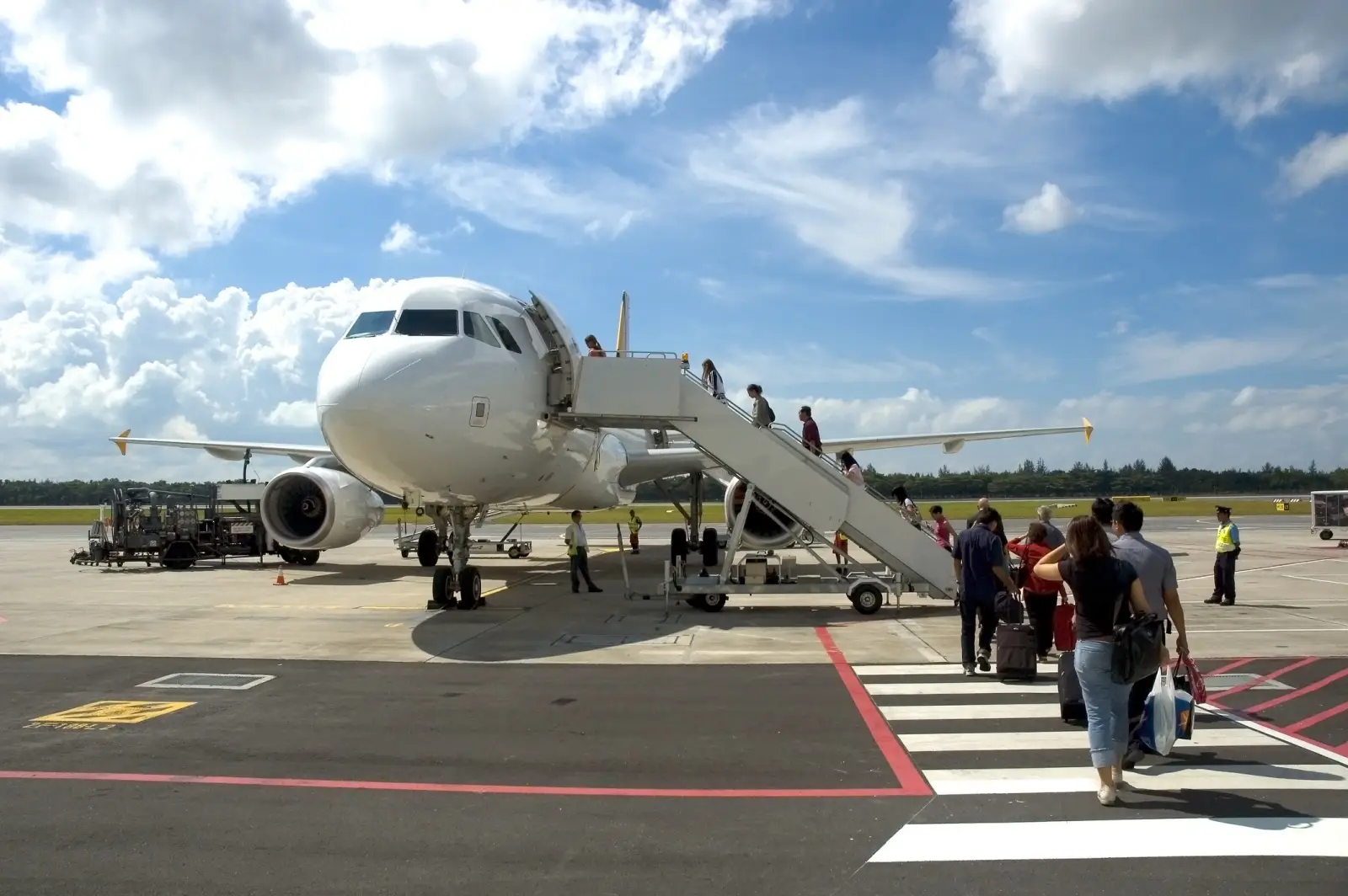Fly without wings or propellers? That question just got a bold new answer, thanks to a remarkable achievement by Austrian aerospace company CycloTech. Their experimental aircraft, known as BlackBird, completed its first successful flight at the end of March—without relying on traditional propellers or wings. Instead, it used an innovative propulsion system called CycloRotors, capable of directing thrust in any direction with incredible precision.
The BlackBird is a new kind of electric vertical takeoff and landing aircraft, or eVTOL. What makes it so different is its ability to hover, take off vertically, brake mid-air, and even parallel park—all without the spinning blades or long wings you’d expect to see on helicopters or planes. With this aircraft, the future of urban mobility may be closer than anyone imagined.
A Look at the BlackBird
Measuring just under 5 meters in length and weighing 340 kilograms, BlackBird is compact and quiet—ideal for flying over cities without causing noise pollution. It’s powered by six CycloRotors that allow 360° thrust vectoring, meaning the aircraft can control its movement in every direction at once. This creates a level of agility that traditional flying machines just can’t match.
The aircraft reached speeds of up to 120 km/h during its first flight, all while showcasing its ability to hover at unusual angles and land with pinpoint accuracy, even in difficult weather conditions. With this kind of control, CycloTech believes their design could lead to safer, more comfortable flying taxis or emergency vehicles in the near future.
From Concept to Sky in Just 11 Months
CycloTech’s journey with BlackBird began in April 2024. In less than a year, the team went from drawing board to takeoff. The rapid development included building a new electric drive system, custom battery modules, thermal management, and flight software—all from scratch.
Here’s what they accomplished in under a year:
- Airframe designed and built in 6 months
- Electric drive system developed in 4.5 months
- Battery and thermal systems completed in 5 months
- Flight control and software developed in parallel
- Full system integration and ground testing in 10 months
On March 27, 2025, BlackBird lifted off from a general aviation airport in Austria, meeting all flight safety protocols. It marked not just a successful flight, but a turning point for what electric flight might look like in the years to come.
The Future of Vertical Flight
What sets CycloTech’s approach apart is the use of CycloRotor technology, a new form of propulsion that doesn’t rely on wings or spinning helicopter blades. These rotating cylinders can instantly adjust thrust direction, giving the aircraft the ability to stop in mid-air or change orientation like no conventional aircraft can.
Marcus Bauer, CEO of CycloTech, says the breakthrough could change the future of flying: “We’re redefining what’s possible in vertical flight, pioneering the future with our groundbreaking propulsion technology to open the skies for a new generation in aviation.”
What’s Next for CycloTech?
Following BlackBird’s maiden flight, CycloTech will begin an extended flight test program to further explore how its propulsion system can be applied to real-world flying vehicles. These tests aim to push the aircraft’s limits, refine its controls, and demonstrate its safety and comfort for future passengers.
With urban areas becoming more crowded and the need for sustainable transportation growing fast, CycloTech’s creation could help reduce road congestion and lower emissions—offering a cleaner, quieter, and more flexible way to move around cities.
As the dream of flying cars inches closer to reality, BlackBird is proving that the sky might not be the limit—it could be just the beginning.













